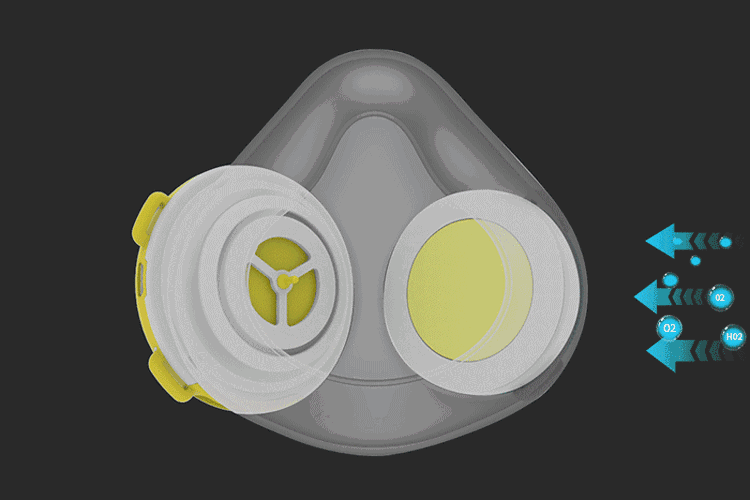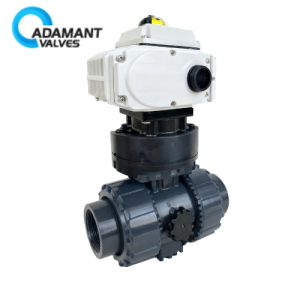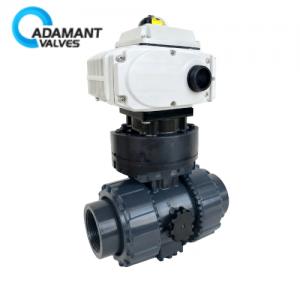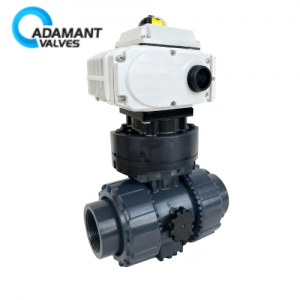The Flow Resistance of Shut-off Valve

The valve stem axis of the shut-off valve is vertical to the valve seat sealing surface. The opening and closing strokes of the valve stem are relatively short. And there’s a very reliable shut-off action, which makes this kind of valve very suitable for shutting-off, regulating, and throttling of the medium. Once the valve flap of the sanitary shut-off valve is in the open state, the valve seat and valve flap sealing surface won’t have any contact, so the mechanical friction of the sealing surface is small.

Because it’s easy to repair the valve seat and valve flap of most shut-off valves and there’s no need to disassemble the whole valve from the pipeline when we replace sealing components, it’s suitable for occasions where the valve and the pipeline are welded. When the medium passes through this kind of valve, the flow direction of it changes, so the flow resistance of the shut-off valve is relatively higher than that of other valves.
Commonly used shut-off valves are the following:
1. Angle type shut-off valve
In angle type shut-off valve, the fluid only needs to change the direction once, so that the pressure drop through the valve is smaller than that of the shut-off valve of conventional structure.
2. Direct flow type shut-off valve
Indirect flow type or Y-type shut-off valve, the flow channel of the valve body, and the main flow channel form an oblique line. The destruction degree of this type of flow is smaller than that of the conventional shut-off valve, so the pressure loss of the valve is accordingly smaller.
3. Plunger type shut-off valve
This type of shut-off valve is a variant of a conventional shut-off valve. In this type of valve, the valve flap and valve seat are usually designed based on the plunger mechanism. The valve flap is polished into a plunger and connected with the valve stem. The sealing is achieved by two elastic sealing rings mounted on the plunger. The two elastic sealing rings are separated by a collar. The sealing rings around the plunger are pressed tight by the load applied to the valve cover by the valve cover nut. Elastic sealing rings can be replaced and can be made from a variety of materials. The valve is mainly used for “on” or “off”, but with a specially designed plunger or collar, it can also be used for flow regulation.




